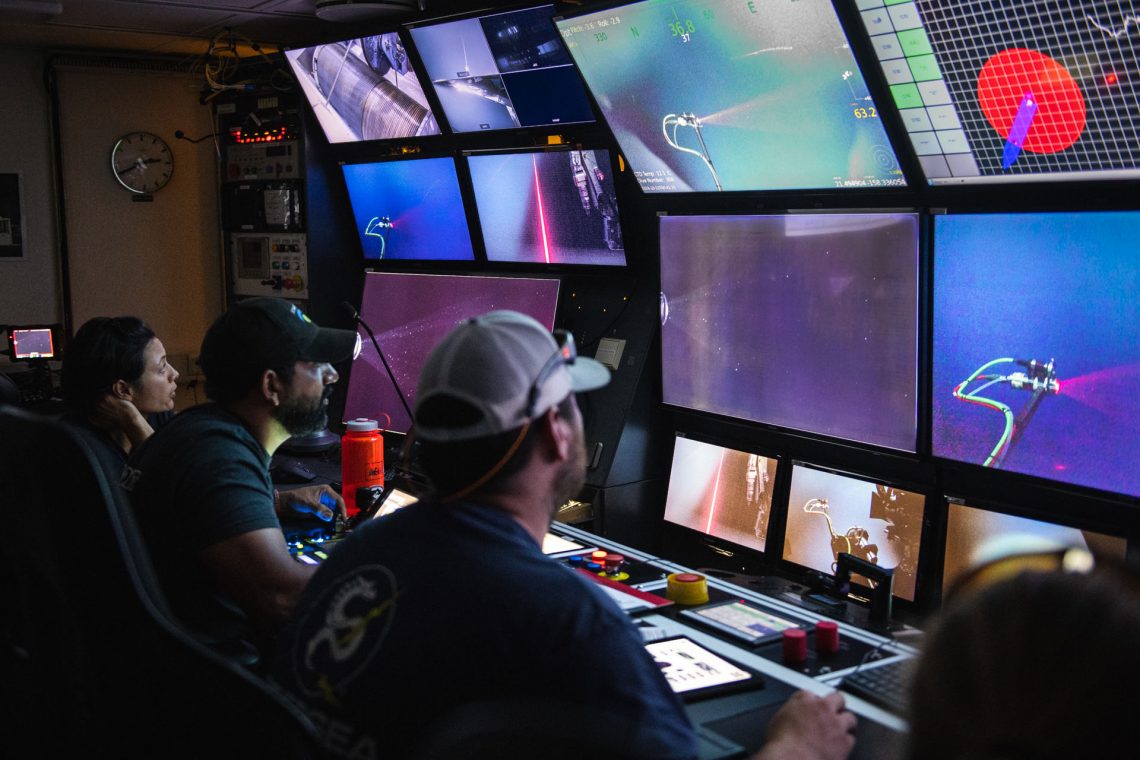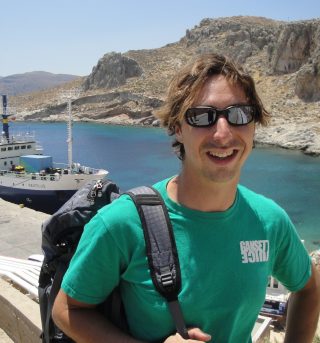Of all the Earth’s habitable zones, the deep midwater environment is probably the least understood. Much of deep-sea biology is focused on the seafloor, where a global community of researchers yield new discoveries on a consistent basis. In contrast, the massive expanse of ocean that lies between the surface and the bottom, or the ocean’s midwaters, is often ignored. This is because navigating undersea vehicles like ROV’s and manned submersibles is extremely challenging in its own right, and there are limited tools available for sampling delicate specimens. As a result, many gelatinous animals in the midwater (jellyfish, siphonophores, salps, etc.) remain frustratingly undescribed.

This expedition is the first of two research cruises aimed at advancing the tools available to deep-sea scientists to explore and describe midwater biology. A multidisciplinary team comprised of four institutions (University of Rhode Island, Monterey Bay Aquarium Research Institute, Harvard University, and the City University of New York/Baruch College) have been working for the past year in partnership with the Schmidt Ocean Institute to develop and integrate new visualization and sampling techniques onto ROV SuBastian. Our ambitious goal is to demonstrate a technology-based workflow for extracting morphological, behavioral, and genetic information on the delicate and rare denizens of the deep midwater environment. Along the way, we expect to make advances in the fields of 3D scanning and reconstruction, flow visualization, and bioinspired robotics.
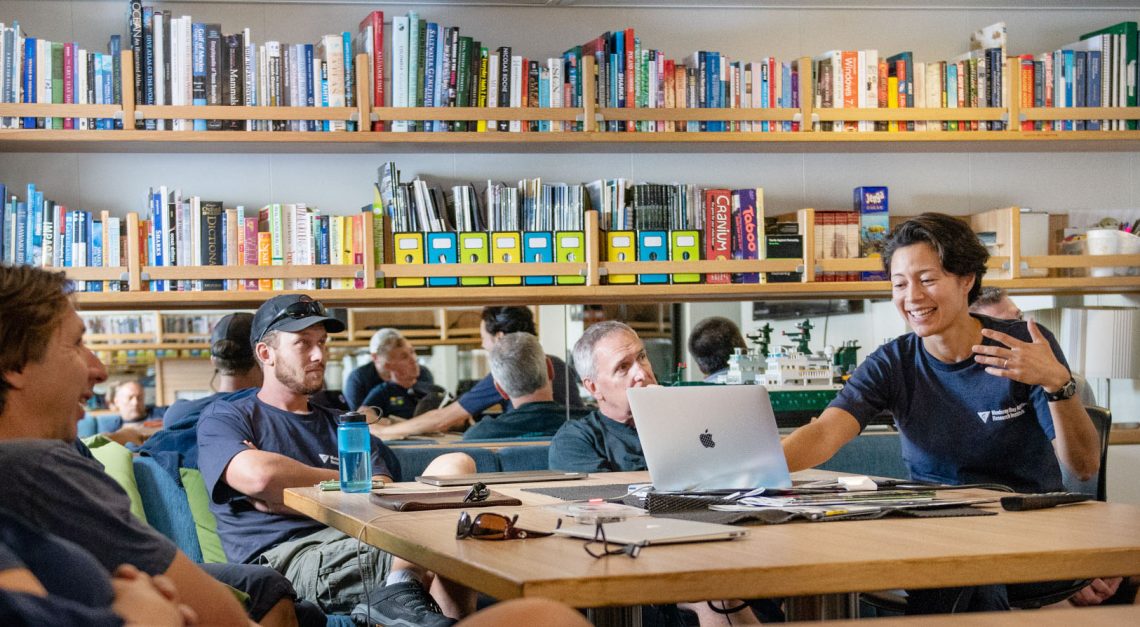
Beyond Invention – Real World Testing
Our first expedition is largely focused on the integration and operation of MBARI’s DeepPIV (particle image velocimetry) system, an instrument that has been in development for the past four years. The Bioinspiration Lab, led by Kakani Katija, has been working closely with scientists and engineers to develop technologies that enable the study of animals in the deep sea, particularly the ocean’s midwaters. Using robotic platforms like ROVs and imaging tools, we hope to learn how elusive animals are uniquely adapted for their environment, and how these adaptations can be reverse engineered for other engineering applications.
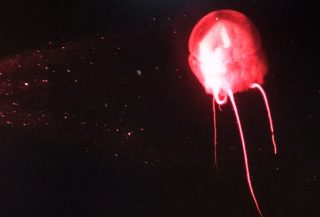
For this Falkor expedition, we have integrated MBARI’s DeepPIV instrument onto ROV SuBastian to conduct 3D visualizations of midwater invertebrates. DeepPIV uses a laser to illuminate a thin sheet of water, mucus, or gelatinous tissue, and captures the illuminated sheet using a dedicated camera. We also use this instrument to study animal kinematics and the way animals use and modify water flow to their advantage. Because of the rigorous resolution requirements of these measurements, collecting quality data (especially in midwate) is very challenging. For example, prime DeepPIV targets include giant larvaceans, whose bodies are approximately 2 cm wide. While operating DeepPIV, an ROV pilot needs to center this tiny animal (approximately the size of a human pinkie finger) that may be hundreds of meters deep onto a 1 mm-thick laser sheet.
In addition to this effort, URI and Harvard University are taking steps towards the creation of a 2nd-generation RAD Sampler- RAD stands for “Rotary Actuated Dodecahedron.” This origami-inspired device was first deployed in 2017 on MBARI’s ROV Ventana, to demonstrate its ability to rapidly encapsulate delicate midwater organisms. The geometry of the RAD is quite complex, but its operation is very simple- making it an ideal system for integrating more advanced devices such as cameras and tissue sampling systems. Once an animal is captured inside the RAD Sampler, we hope to rapidly gather further information about the morphology (shape) of the specimen, along with tissue samples for genomic analysis. Combined with the rich dataset that DeepPIV can deliver, there is potential for describing new species that are simply too delicate to bring to the surface.
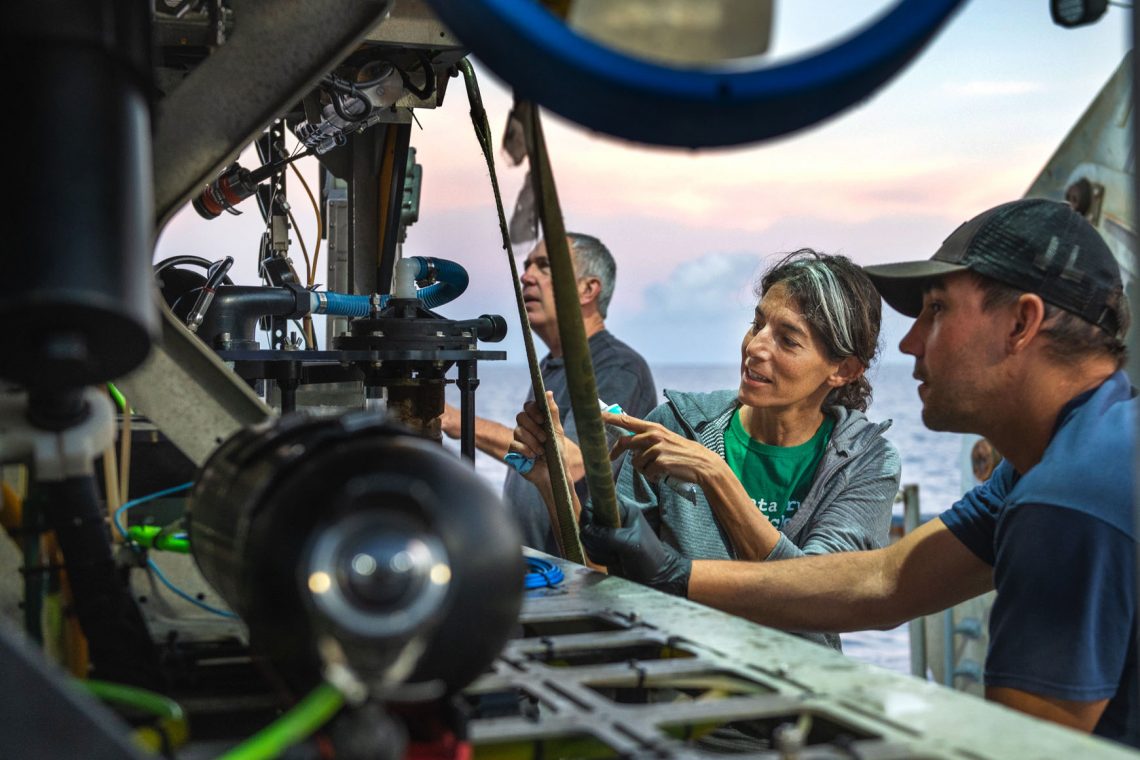
Just The Start
After two days onshore mobilizing and integrating our equipment on SuBastian, we have had two successful dives off the coast of Oahu. The success is due largely in part to the dedicated pilots and engineers on the ROV Subastian team who embraced tackling this challenging operation. We have several more exciting days ahead, and then it is time to head back to the lab – to prepare for our next, extended expedition in late 2020 onboard the R/V Falkor. Stay tuned!
